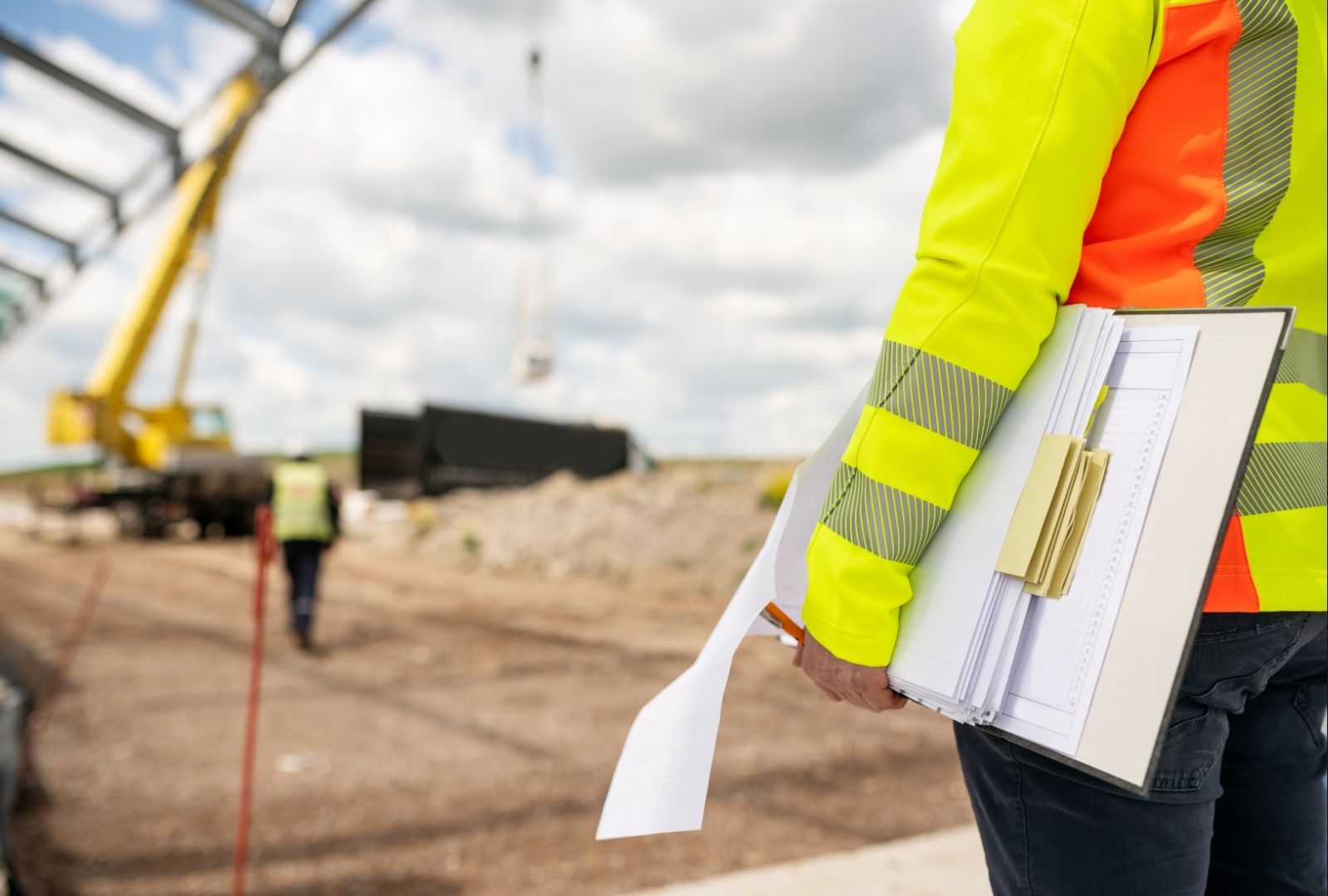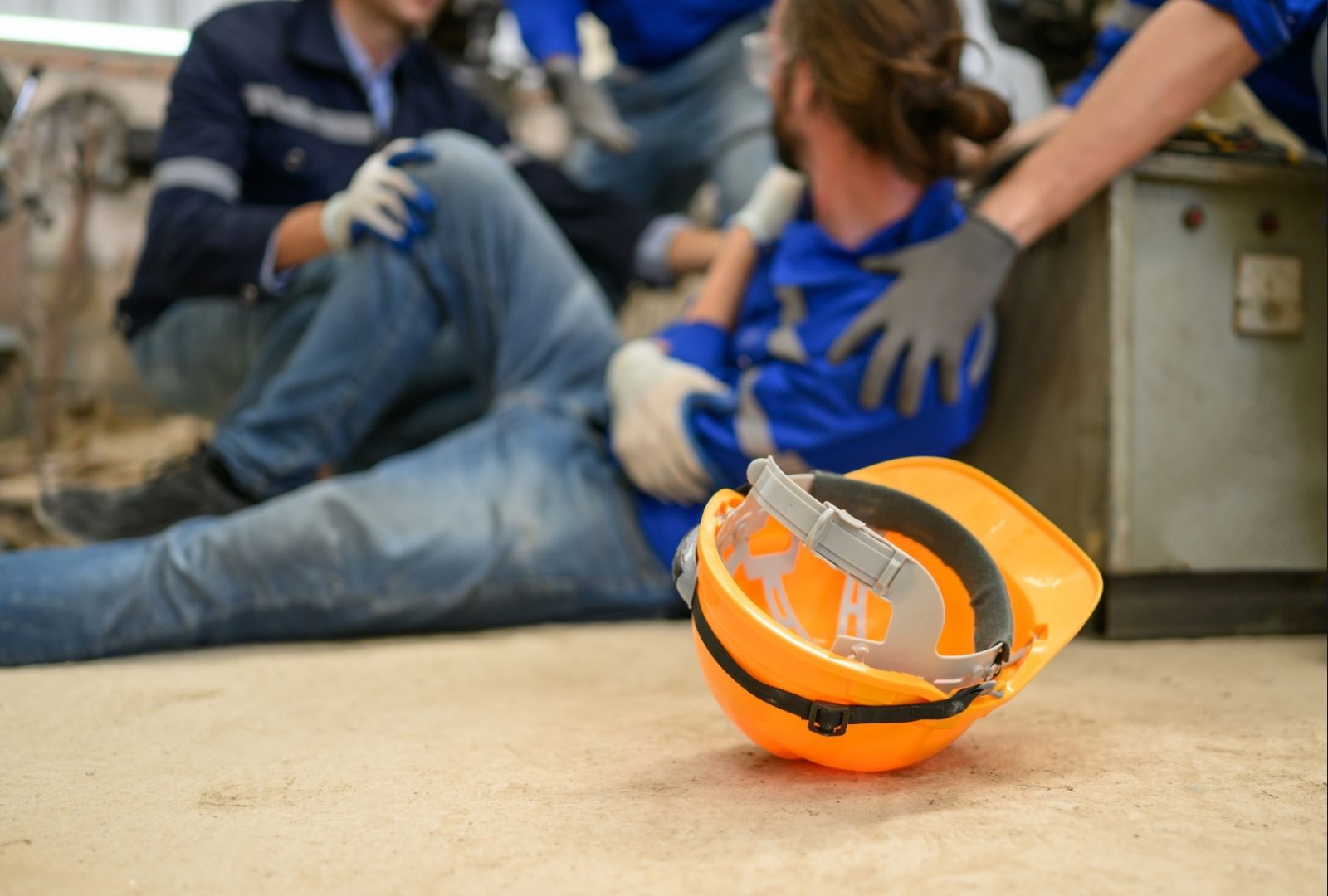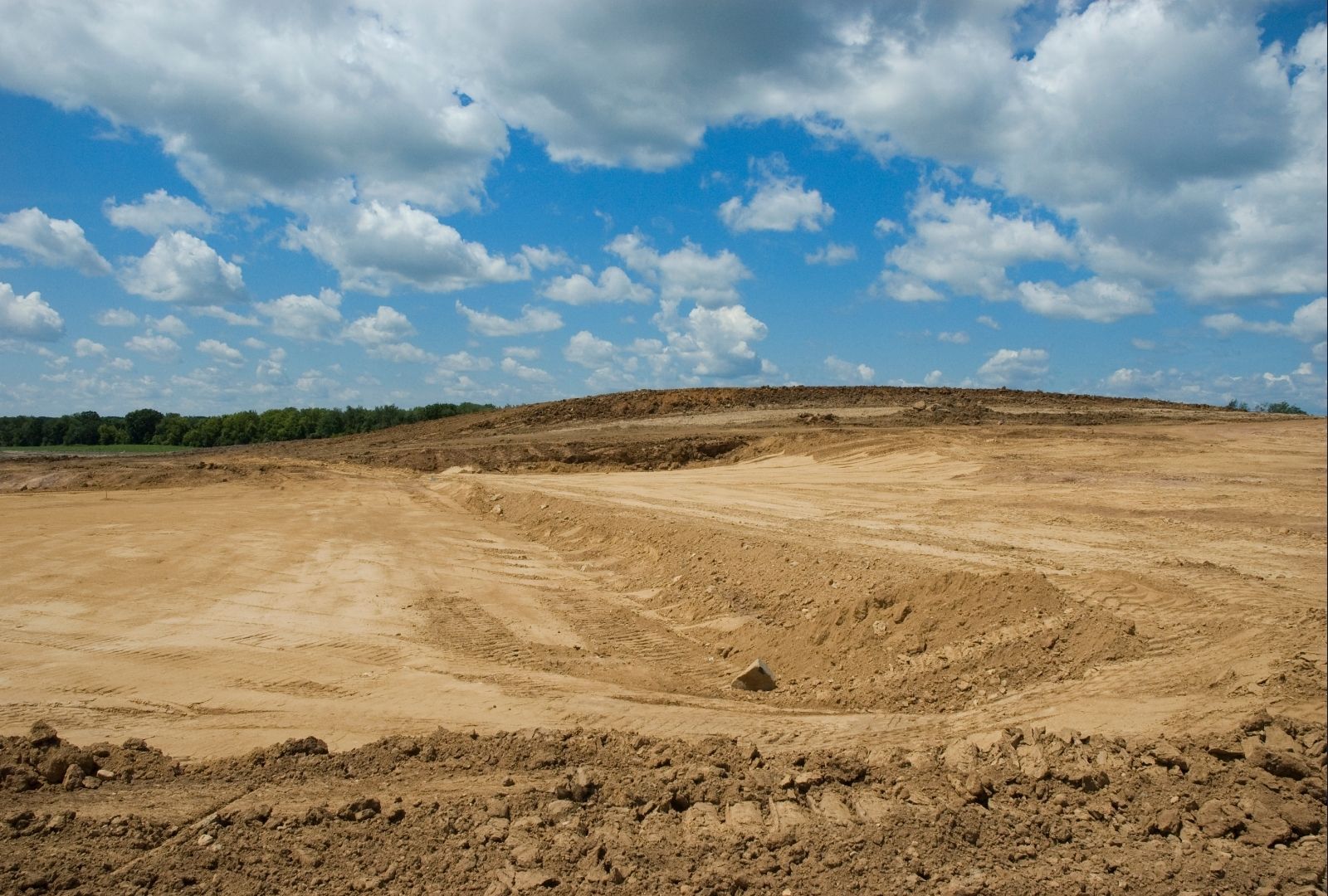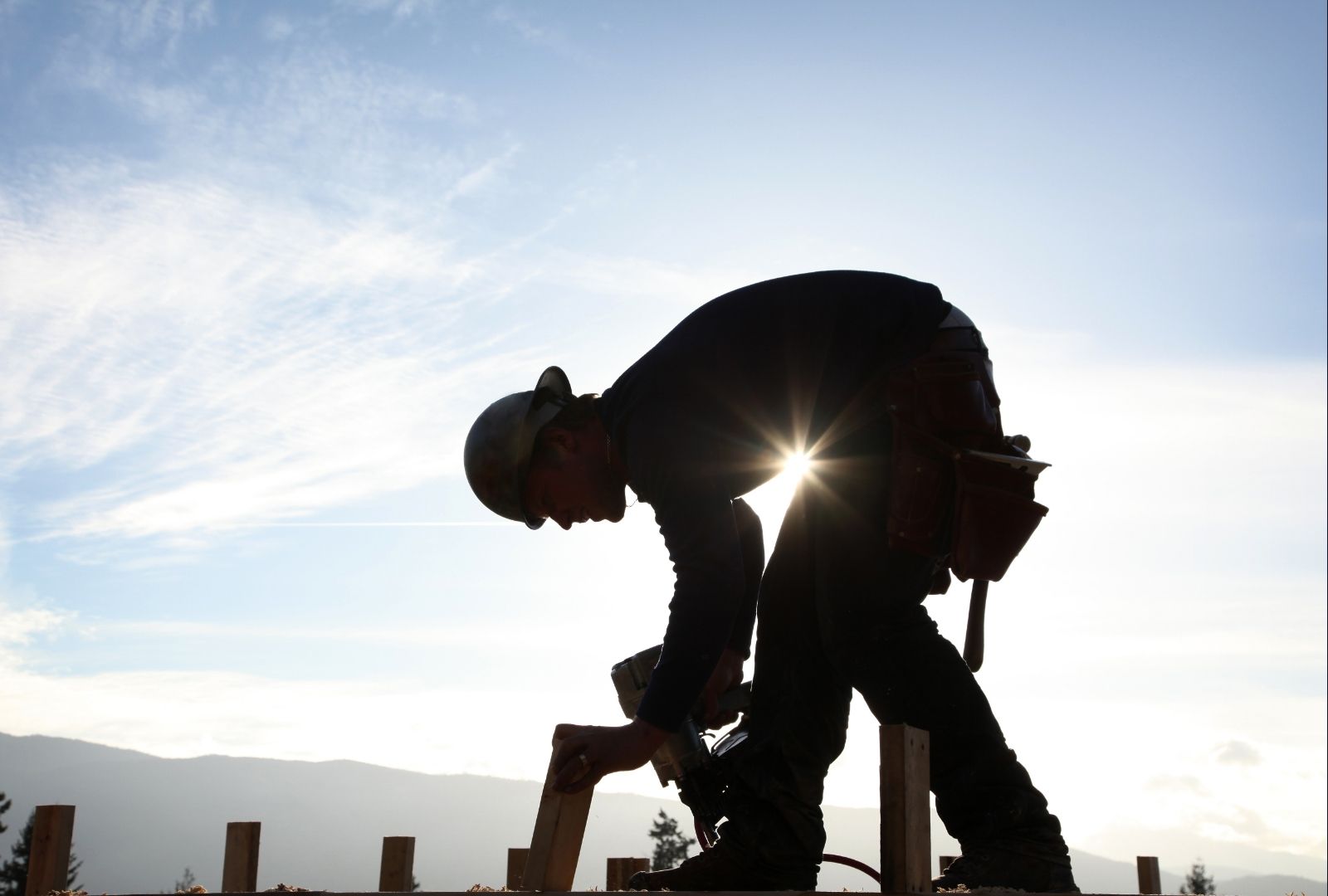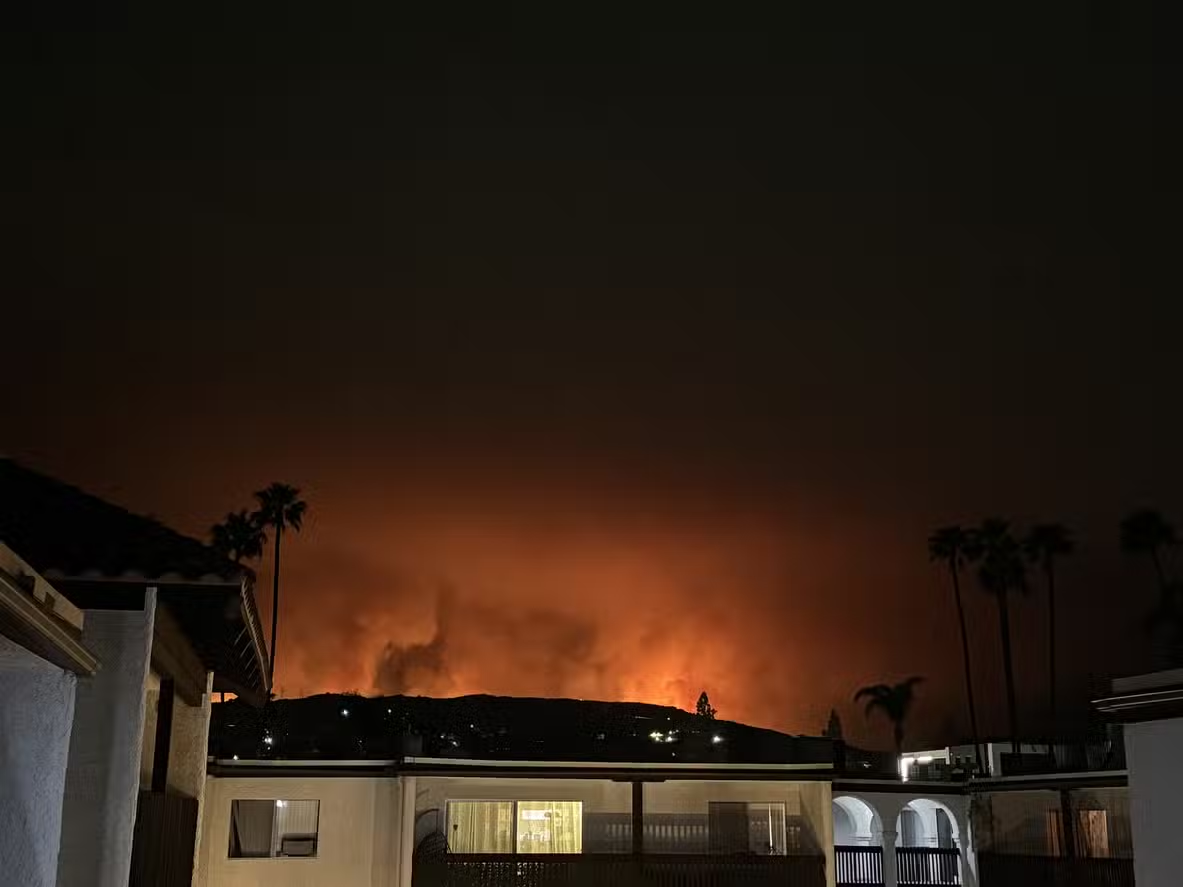A well-written construction accident report is often the most critical document in determining liability and securing compensation after a job site injury. Whether you're a site supervisor, safety officer, or injured worker, understanding how to properly document the facts can protect your legal rights and support your case if it ends up in court.
If the accident results in serious injury, contacting a construction accident attorney ensures your report is backed by legal strategy and supports a strong claim.

Start with Basic Facts
Begin the report with accurate, factual details:
- Date and time of the incident
- Exact location on the job site
- Name and job title of the injured person
- Weather conditions, if relevant
Clarity and precision at this stage are essential. Vague or missing details can be used against you during claims or legal proceedings.
Describe the Incident in Chronological Order
Create a clear timeline of events leading up to, during, and immediately following the accident. Focus on objective facts:
- Actions taken by the injured worker
- Equipment or machinery involved
- Witness activity and observations
Avoid speculation or placing blame. Use factual language such as "the ladder slipped on wet concrete" rather than "the ladder was faulty."
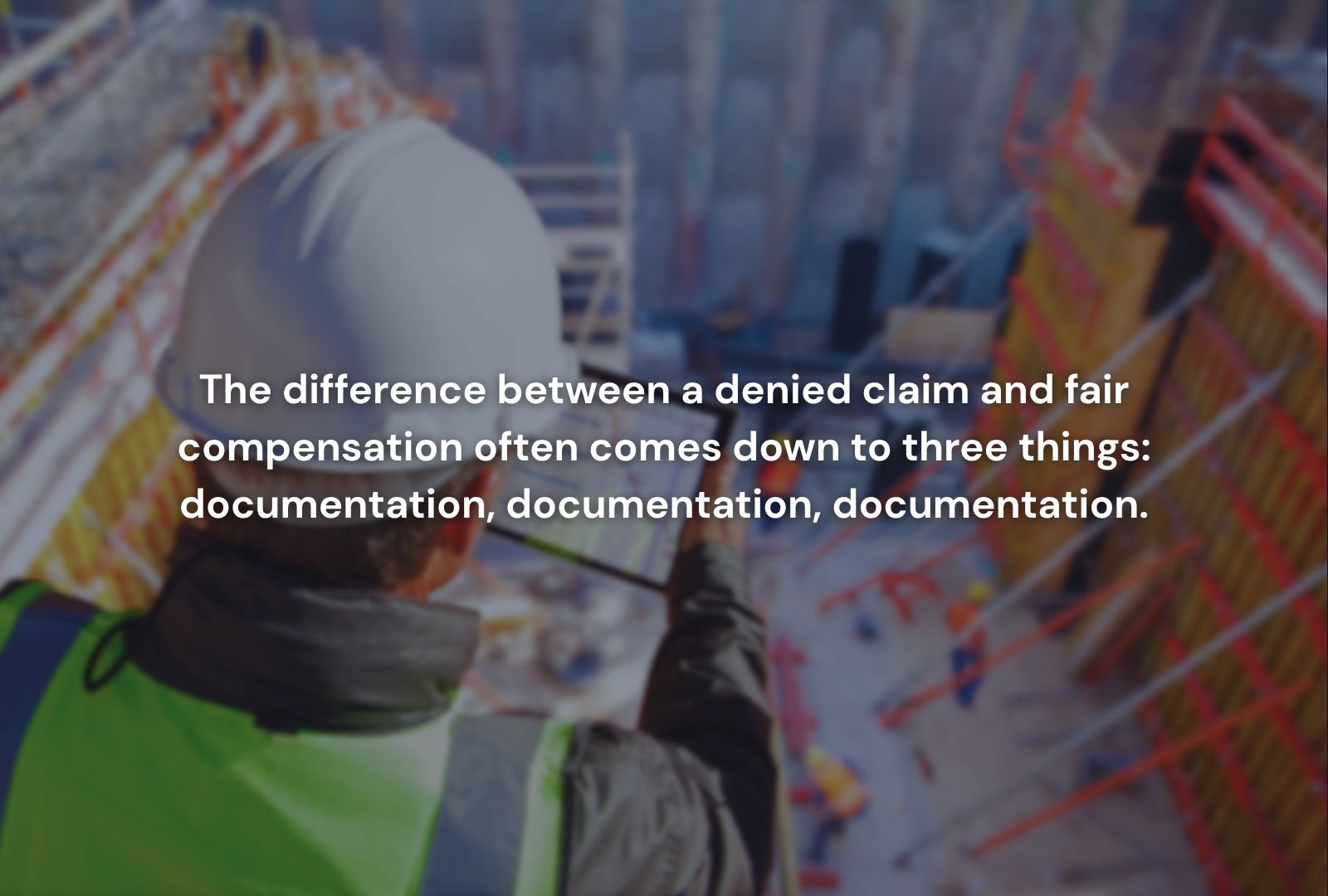
Identify Contributing Factors
Detail any environmental, equipment, or procedural elements that contributed to the incident:
- Slippery surfaces, debris, or obstructions
- Malfunctioning tools or machinery
- Lack of safety gear or fall protection
Mention any known violations of OSHA safety standards. This strengthens your report's credibility and highlights preventable factors.
Include Witness Statements
If coworkers or supervisors observed the accident, gather written statements:
- Record their names and contact information
- Ask them to describe what they saw without coaching their response
- Attach these statements as part of the report
Multiple consistent accounts will make your report more reliable in legal proceedings.
Document the Injury and Immediate Response
Be specific about the type of injury, including:
- Body part(s) affected
- Visible signs (swelling, bleeding, disfigurement)
- Pain or mobility limitations
Record actions taken immediately after the accident:
- First aid administered on-site
- Emergency services involved
- Transportation to a medical facility
Add Photos, Diagrams, or Sketches
Visual documentation can be invaluable:
- Photograph the area where the accident occurred
- Capture equipment positioning and safety hazards
- Create a simple sketch to illustrate movement or positions
Ensure photos are time-stamped and taken from multiple angles to eliminate ambiguity.
Sign and Store the Report Properly
Once complete, the report should be:
- Reviewed and signed by the injured worker (if possible), witnesses, and supervisor
- Submitted to the appropriate safety or HR department
- Stored securely in case of inspection, audit, or litigation
Retain a digital backup and avoid making retroactive edits without notation.
What Else Supports a Strong Legal Case?
Accident reports are just one part of the puzzle. For serious injuries, combine your report with legal support and awareness of related topics:
- Deadly construction accidents: Learn how major incidents are investigated and litigated.
- Common construction accidents: Understand patterns and prevention to show employer negligence.
- Construction site accident attorney: Explore how legal counsel handles documentation, evidence, and claim timelines.
Each of these areas strengthens your ability to hold negligent parties accountable.

Conclusion
A detailed, factual construction accident report can be the difference between a denied claim and a favorable court ruling. Taking the time to document what happened, preserve evidence, and seek legal support ensures your injuries and rights are taken seriously.





